Alon Mamistvalov
Compressed Ultrasound Imaging:from Sub-Nyquist Rates to Super-Resolution
Jul 23, 2021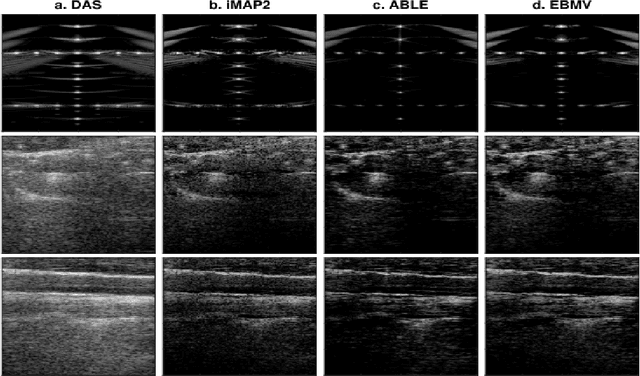
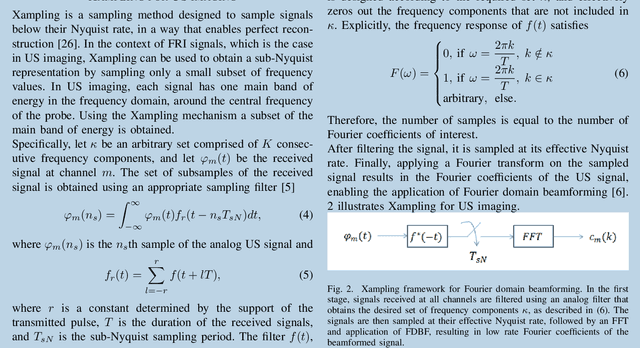
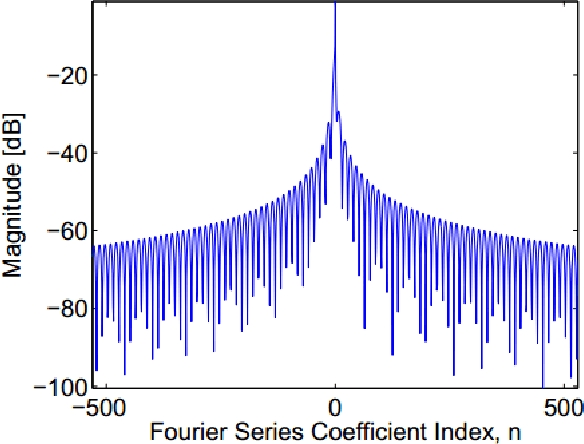
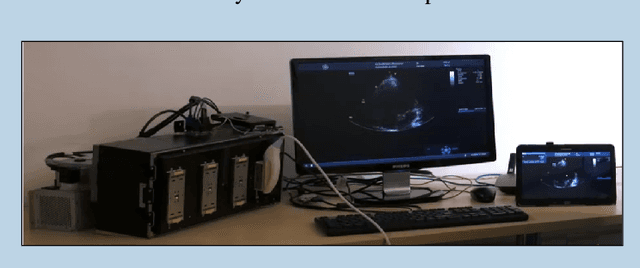
Abstract:The multi-billion dollar, worldwide medical ultrasound (US) market continues to grow annually. Its non-ionizing nature, real-time capabilities and relatively low cost, compared to other imaging modalities, have led to significant applications in many different fields, including cardiology, angiology, obstetrics and emergency medicine. Facilitated by ongoing innovations, US continues to change rules and norms regarding patient screening, diagnosis and surgery. This huge and promising market is constantly driven by new imaging and processing techniques. From 3D images to sophisticated software, hardware and portability improvements, it is clear that the status of US as one of the leading medical imaging technologies is ensured for many years ahead. However, as imaging systems evolve, new engineering challenges emerge. Acquisition, transmission and processing of huge amounts of data are common for all ultrasound-based imaging modalities. Moreover, achieving higher resolution is constantly on demand, as improved diagnosis could be achieved by better visualization of organs and blood vessels deep within tissues. In this article, our goal is to motivate further interest and research in emerging processing techniques, as well as their applications in medical ultrasound, enabled by recent advancements in signal processing algorithms and deep learning. We address some of the primary challenges and potential remedies from a signal processing perspective, by exploiting the inherent structure of the received US signal.
Deep Unfolded Recovery of Sub-Nyquist Sampled Ultrasound Image
Mar 01, 2021


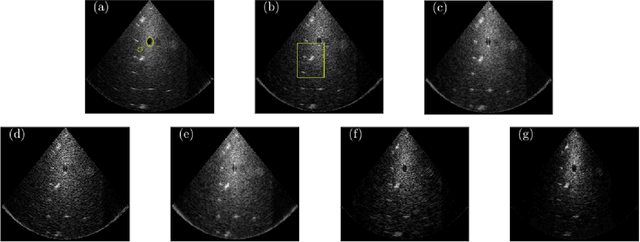
Abstract:The most common technique for generating B-mode ultrasound (US) images is delay and sum (DAS) beamforming, where the signals received at the transducer array are sampled before an appropriate delay is applied. This necessitates sampling rates exceeding the Nyquist rate and the use of a large number of antenna elements to ensure sufficient image quality. Recently we proposed methods to reduce the sampling rate and the array size relying on image recovery using iterative algorithms, based on compressed sensing (CS) and the finite rate of innovation (FRI) frameworks. Iterative algorithms typically require a large number of iterations, making them difficult to use in real-time. Here, we propose a reconstruction method from sub-Nyquist samples in the time and spatial domain, that is based on unfolding the ISTA algorithm, resulting in an efficient and interpretable deep network. The inputs to our network are the subsampled beamformed signals after summation and delay in the frequency domain, requiring only a subset of the US signal to be stored for recovery. Our method allows reducing the number of array elements, sampling rate, and computational time while ensuring high quality imaging performance. Using \emph{in vivo} data we demonstrate that the proposed method yields high-quality images while reducing the data volume traditionally used up to 36 times. In terms of image resolution and contrast, our technique outperforms previously suggested methods as well as DAS and minimum-variance (MV) beamforming, paving the way to real-time applicable recovery methods.
 Add to Chrome
Add to Chrome Add to Firefox
Add to Firefox Add to Edge
Add to Edge